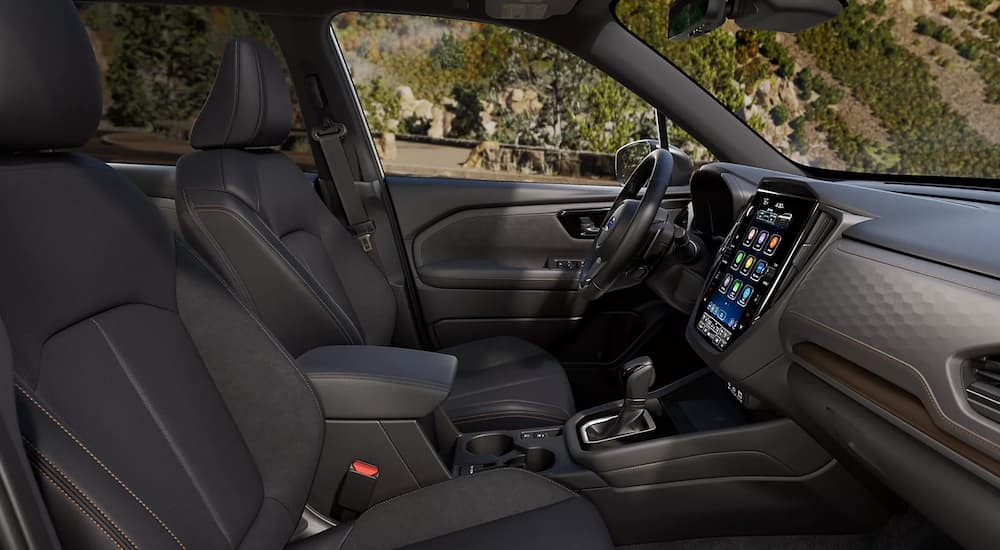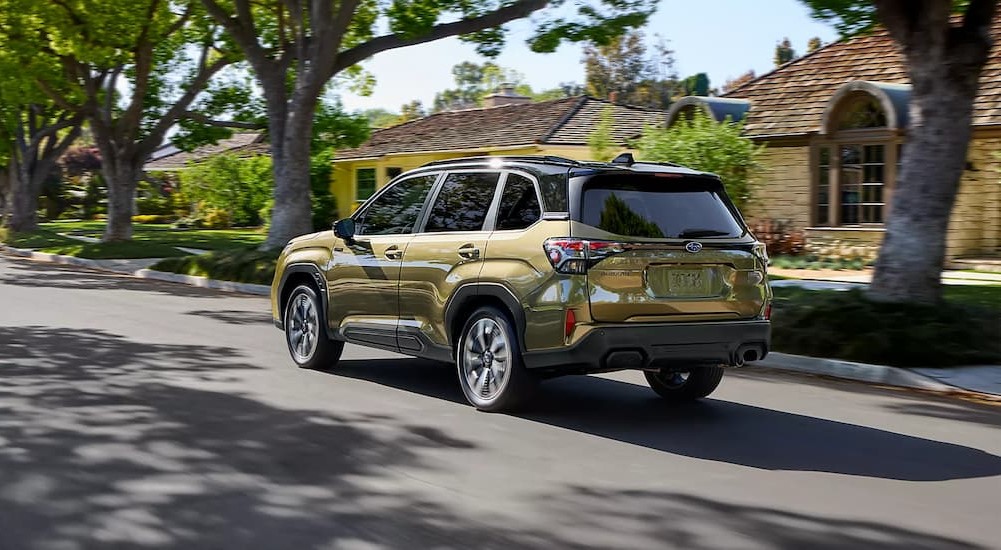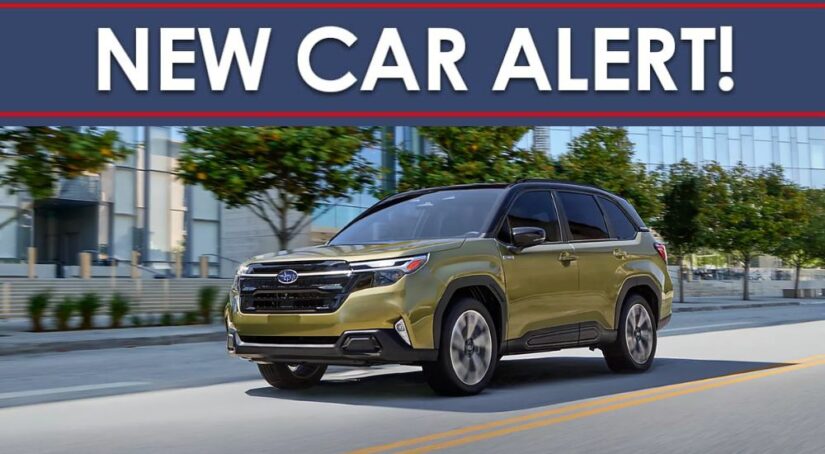When Subaru updated the Forester for the 2025 model year, the changes were so minor that they largely flew under the radar for all but the most passionate Subaru enthusiasts. But it turns out that the 2025 Forester is bringing a major update after all—arriving fashionably late to the party is the newly announced 2025 Forester Hybrid. This electrified model may just be the best Forester to date, giving the popular compact SUV a more efficient and more capable powertrain option that is sure to please the Subaru faithful and customers new to the brand alike. While it may not be revolutionary, the Forester Hybrid is a big step forward for the brand, and its attractive price point will help it find a home in driveways across the country.
What Took So Long?
The biggest question about the Forester Hybrid is simply, what took so long? Subaru has built a reputation for being the go-to brand for nature-loving drivers with active lifestyles that take them into the great outdoors for biking, kayaking, and camping. However, while its industry-leading Symmetrical All-Wheel Drive does a great job of letting drivers explore the wild, the brand’s powertrains tend to be among the less efficient options in their segments, and Subaru has been surprisingly slow to adopt any form of electrification—not great for shoppers looking to reduce their environmental footprint.
However, in the past year, Subaru has fully committed to electrifying its lineup, announcing hybrid versions of the Forester and Crosstrek for 2025. While Subaru leaned heavily on Toyota for the development of its fully-electric Solterra, the hybrid system in the new Forester is a unique design that maintains Subaru’s trademark engineering. Not only is it built around the same 2.5L Boxer engine that powers the standard Forester, but the hybrid system retains a physical connection to the rear axle, splitting torque evenly as needed. This is a major improvement over the Toyota hybrid system, which simply adds an independent electric motor to the rear axle, and may explain why Subaru took so long to develop a hybrid system that could satisfy the brand’s fans.

What Does the Forester Hybrid Offer?
Overall, the Forester Hybrid doesn’t stray far from the basic Forester. From the outside, the only differences are small “Hybrid” badges on the front doors and liftgate (although buyers will also have access to an exclusive Daybreak Blue Pearl color scheme). Inside, you get a standard 11.6-inch infotainment screen, but it’s otherwise your typical Subaru fare, which should make it an easy transition for long-time Subaru owners. However, the performance offered by the hybrid is a significant step up over the traditional gasoline model.
The addition of electric motors means that the 2026 Forester Hybrid now offers 194 hp instead of the 180 hp of the base model. It also has standard Symmetrical All-Wheel Drive with X-MODE Dual Mode and Hill Descent Control for off-road adventures. However, it still falls a little short in power compared to competitors like the Toyota RAV4 Hybrid and Honda CR-V Hybrid. The biggest difference, though, is fuel economy. The standard 2025 Forester is rated for 29 MPG combined, but the new Forester Hybrid gets an estimated 35 MPG combined. That means big savings at the pump and reduced emissions for Subaru’s eco-minded drivers.

An Affordable, Adventure-Ready Hybrid
With a nice performance boost, significantly improved fuel economy, and all the great features that have long made the Forester a popular option with many adventurous drivers, the 2025 Forester Hybrid is set to impress. Like most of the new generation of hybrid models, there really isn’t a good reason not to upgrade to the electrified version of this compact SUV—especially since Subaru went out of its way to maintain its highly capable Symmetrical All-Wheel Drive system rather than taking shortcuts. This is particularly true when it comes to pricing. While the hybrid versions are roughly $2,000 more expensive than their non-hybrid counterparts, the starting price of $34,995 means it is still well within the budget of the vast majority of shoppers.



